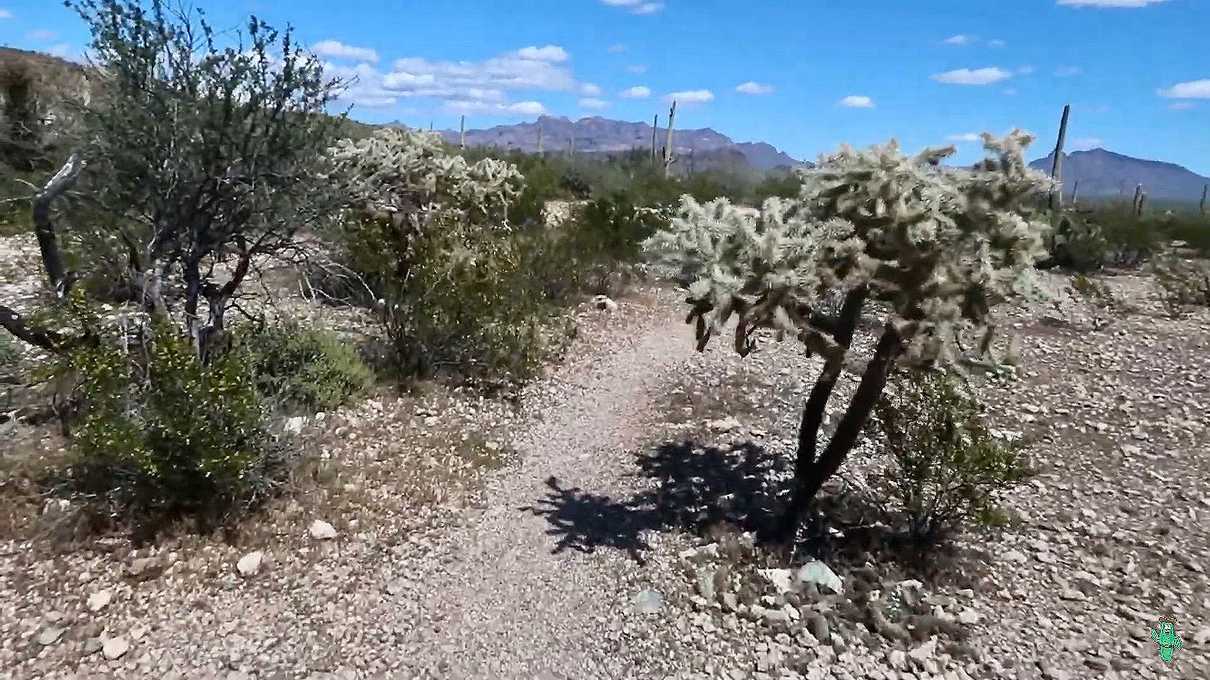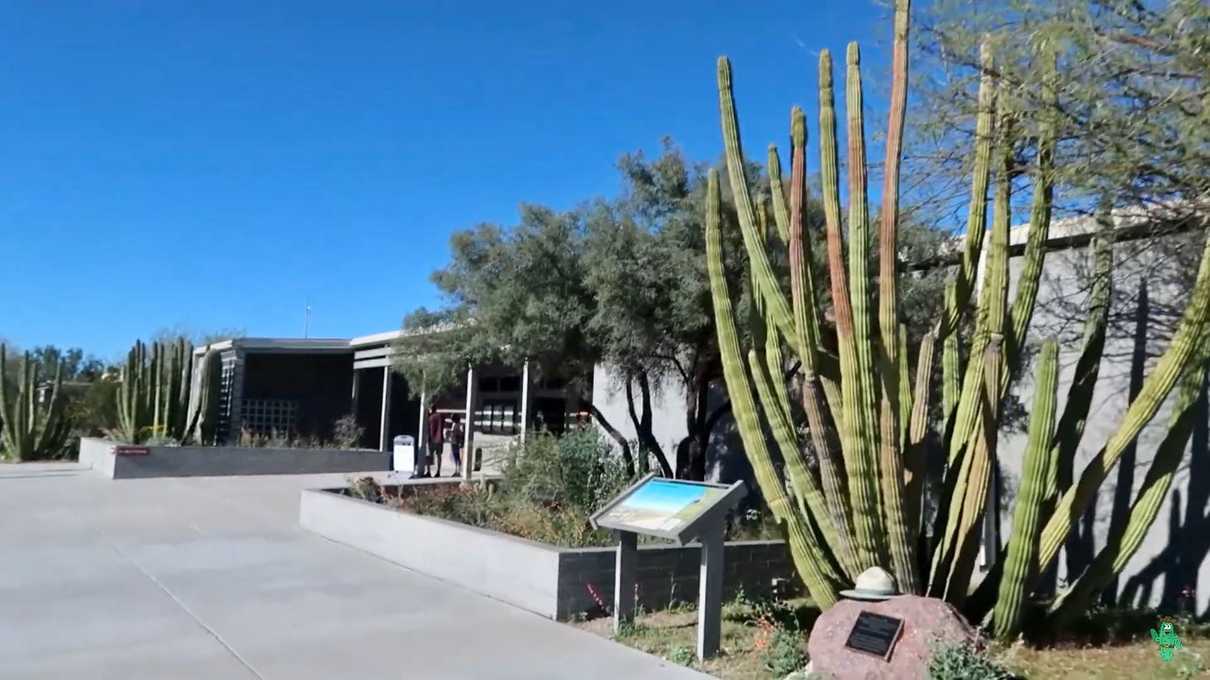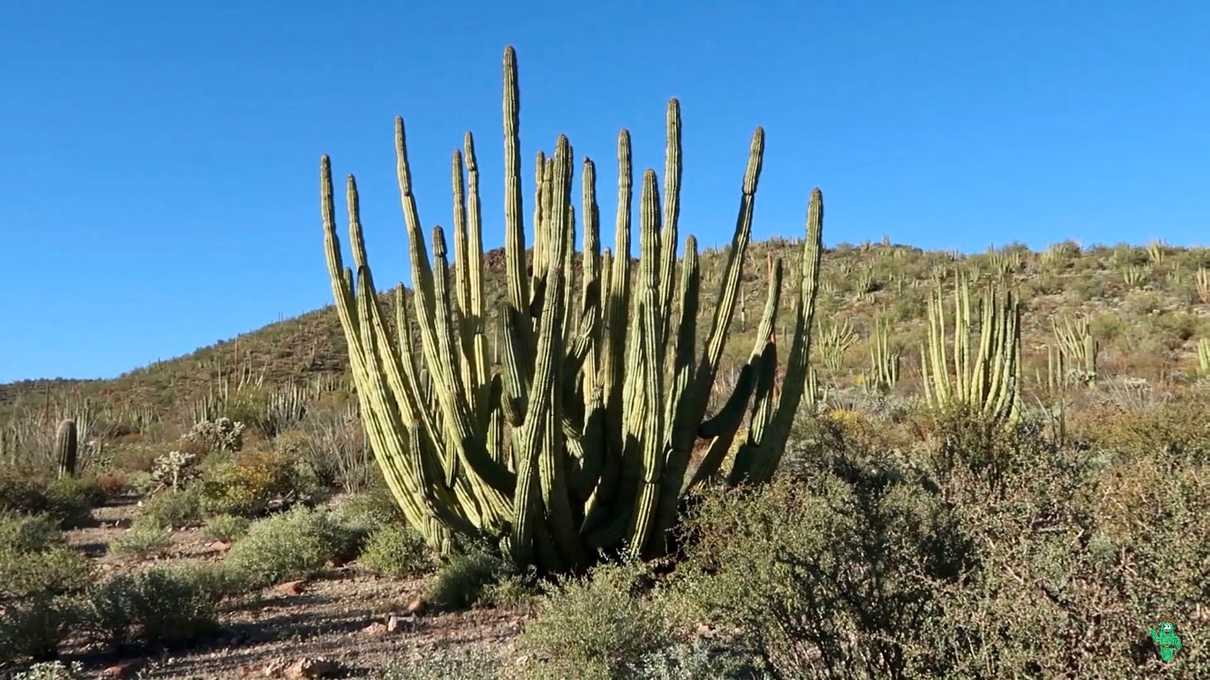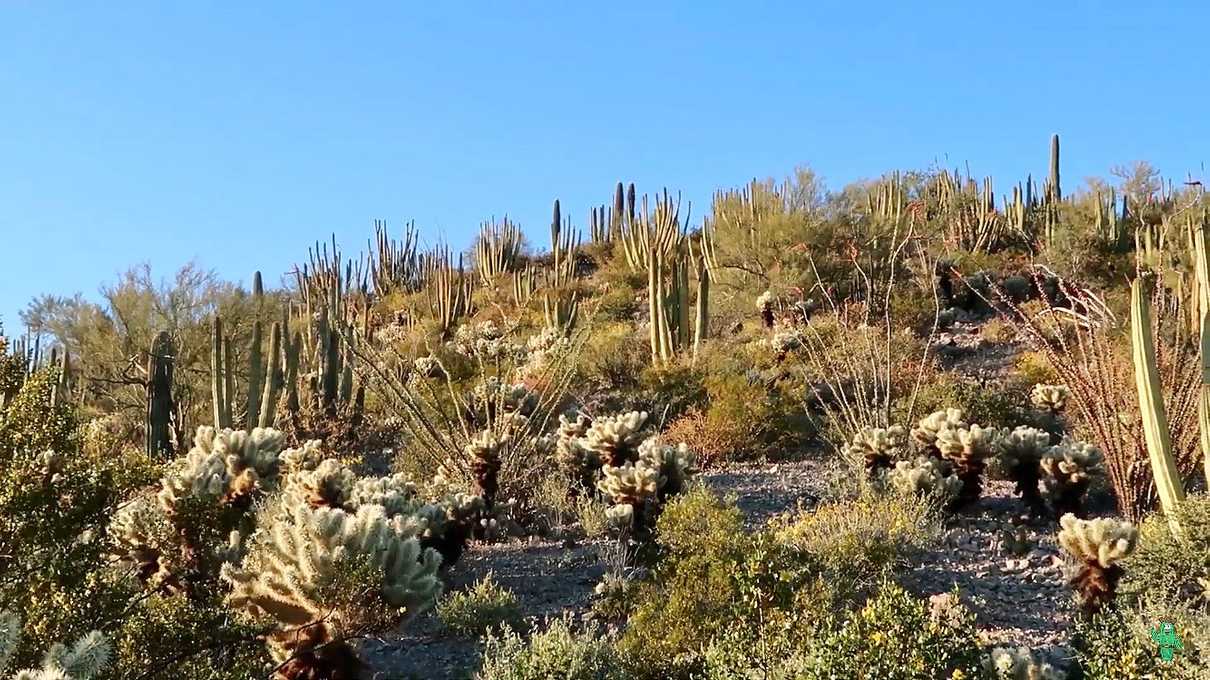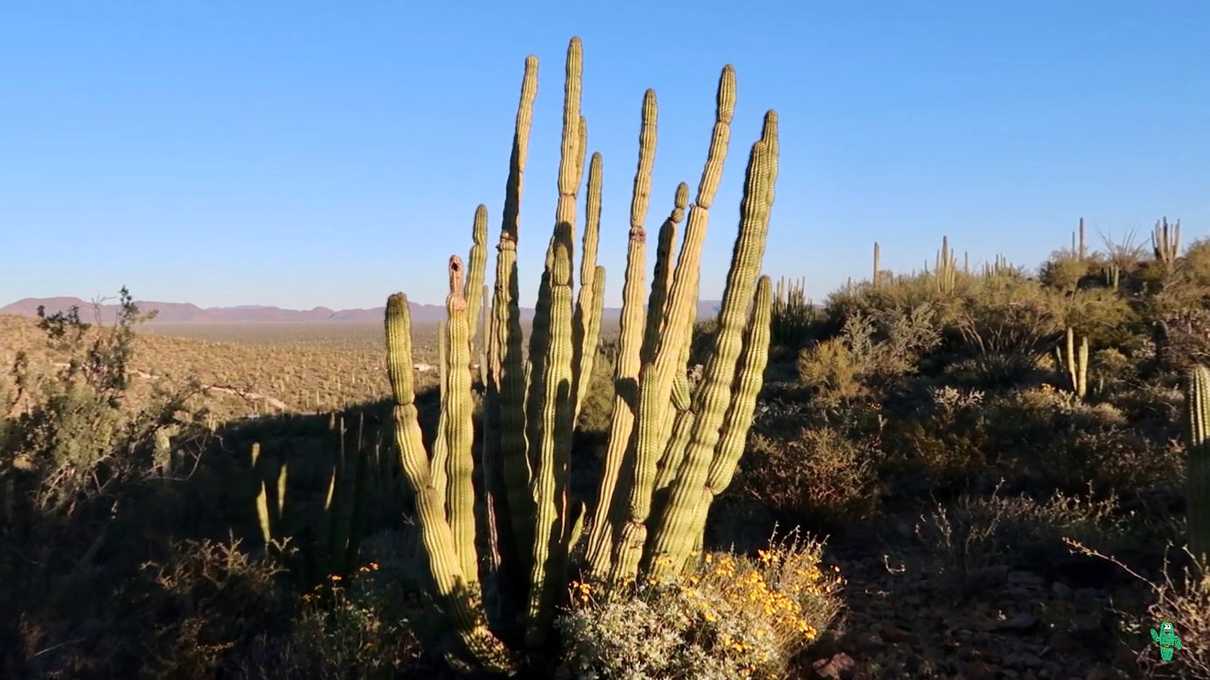Seeking out Organ Pipe Cacti on the Desert View Trail
Organ Pipe Cactus National Monument, located just a few miles north of the Mexican border, is home to the namesake cacti that thrive in this protected desert wilderness. Did you know that this is the only area in the United States where you can see these magnificent cacti?
Chances are if you stumbled across this article, you may be planning a visit to this National Park Unit. And if you're like me, you're probably seeking out the iconic cacti of this region.
I recently made the trek from Phoenix to check this place out. I decided to camp within the park at the Twin Peaks Campground so I could maximize my time and sample several trails over the course of my visit.
Of course, the main draw for me was the Organ Pipe cactus, as I've never seen one in the wild. Being that it was my first visit, I really didn't know exactly what to expect. I suppose I had built expectations that the land would be thick with these cacti, but upon arriving at the park and heading straight to the campground, I was initially surprised at how few I saw.
For sure, there were a few organ pipes hanging out around the campground, but nothing to the scale of what I envisioned. I saw plenty of other plants common to the Sonoran desert... saguaro, cholla, ocotillo, and creosote. As a native Arizonan, it was all stuff I have in my back yard and see every day. But only a random organ pipe cactus here and there. Not much to see in the flat desert within the general vicinity of the campground .
I figured I must be missing something here, so as I usually do on visits like this, I decided to head on over to the visitor center to learn a little more about the region.
There's a trail that connects the campground to the visitor center, so I figured I'd hoof it and see if I could locate more organ pipes. The trail cuts through the desert, inside of a flat valley. I saw miles and miles of lush Sonoran desert. Saguaro as far as the eye can see. Certainly a beautiful sight, but just as before, only a sprinkling of organ pipe cacti here and there.
And then a nearby hillside caught my attention. It was covered in organ pipe cacti. Hundreds of them. Now that was more like it! Finally, my fears of this place not living up to my expectations started to dissolve. But, I found it a little curious that these organ pipes only seemed to reside up on the hillsides.
Over at the visitor center, I talked to a ranger and pointed out my observation. I found out that this was not some strange coincidence. The organ pipe cactus is very particular about where it decides to take root.
You see, these cacti like the warmer climes. This is why the further south you go, deeper into Mexico, the organ pipe cactus is a much more common site. Hillsides are good places for them to thrive because the terrain has more access to the sun, which heats up the rocks and surrounding ground, warding off frost and the colder conditions that can be damaging to these cacti.
My next question for the ranger was, where is a good trail to see lots of these things up close and personal? As I already learned from my time so far in the park, the dense collections of these things seemed a bit out of reach, up in the hills.
The ranger mentioned a trail, very near to the campground, named the Desert View trail. I thanked him for the tip and left the visitor center pleased, as this trail was just a short walk from my campsite.
By the time I walked back towards the campground and then to the parking lot where the Desert View Trail begins, it was late afternoon. The sun would not fully set for another hour and a half or so, but the bulk of the trail sits within a small valley, which was already bathed in shadows.
Luckily, the Desert View trail is a short trail. It's a loop trail, and a little over a mile long and some signage recommends allowing for an hour to enjoy it at a leisurely pace. It can be accessed on either side of a parking lot near some group campsites. Just look for the only building here... the restrooms, and the entrance/exit to the trail is very nearby. I decided to take the counter clockwise approach to hiking it, and based on the informational signs you'll encounter, that seems to be the preferred direction.
Right off the bat the trail climbs up a hill, and you'll immediately start to see organ pipe cacti.
Just as we learned earlier, the higher up you go, the more organ pipes you'll see. The trail does not climb up too high, however, and stays mainly within the valley. At least in the earlier parts of the hike. The largest concentrations of organ pipes remain higher up on the hill, off to your right, if you are walking in the counter-clockwise direction of course.
Eventually the trail begins to head back towards the bottom of the valley, and it's interesting to observe that the deeper you go, the less organ pipes there are. Often times you will see none. At one point, you'll cross a wash or two, and then being climbing up hill again.
As expected, the higher up the hill you go, the more organ pipes you'll see. This time, the trail climbs all the way to the crest of hill on the other side of the valley where the trail is located. It's not too difficult of a climb, and once you get near the top, you'll find yourself immersed in a forest of organ pipes.
One this particular day, the late afternoon light was pleasant, and as I climbed to the top of the hill, a beautiful view of the desert was revealed, stretching south towards Mexico. Not only does this section provide you with the most up-close contact with organ pipe cacti, it also provides the most scenic vistas of the journey. I'd say that when you arrive on the crest of the hill and see this view, this would be the grand finale of the hike.
You'll not see more dense collections of organ pipes than this, or more beautiful scenic views once you proceed past this point and start to head back down towards the parking lot, so take your time here and enjoy it. This is what you came to the park for after all, is it not?
At this point it will be fairly obvious to you that all that remains is a hike straight back down to the parking lot. You'll again observe that the further down the hill you go, the less organ pipes you'll see.
After completing the hike, I can confirm that hiking the counter-clockwise direction is best if you want to save the best for last. Perhaps if you're severely short on time and just want to get to the heart of it all, then you could hike the loop in a clockwise direction, and after a short ascent, you'll be at what I considered the best part of the hike. You could then turn around and head directly back to the parking lot and skip the rest.
The main lesson to take away here is if you're seeking out the organ pipe cactus, you'll find it in most places in the park, but in varying degrees of density, ranging from virtually none, to hundreds. The higher up you go, the more you'll see. But choose your hiking trail wisely if your intent is to see them, as the park does have some trails that cut through regions where you'll see very few. For example, the Victoria Mine trail, which has many interesting things to see, may not be a good choice if your goal is to see lots of organ pipes.
I didn't get to do a thorough investigation of the park on this visit and left many trails unexplored, but I can confirm that what the ranger at the visitor center told me is true. If you want to see organ pipes, and lot's of them, the Desert View trail is a fine choice. On this visit, I never saw as many organ pipes as I did on my hike of the Desert View trail, and it lived up to all of my expectations of this beautiful section of the Sonoran Desert.
